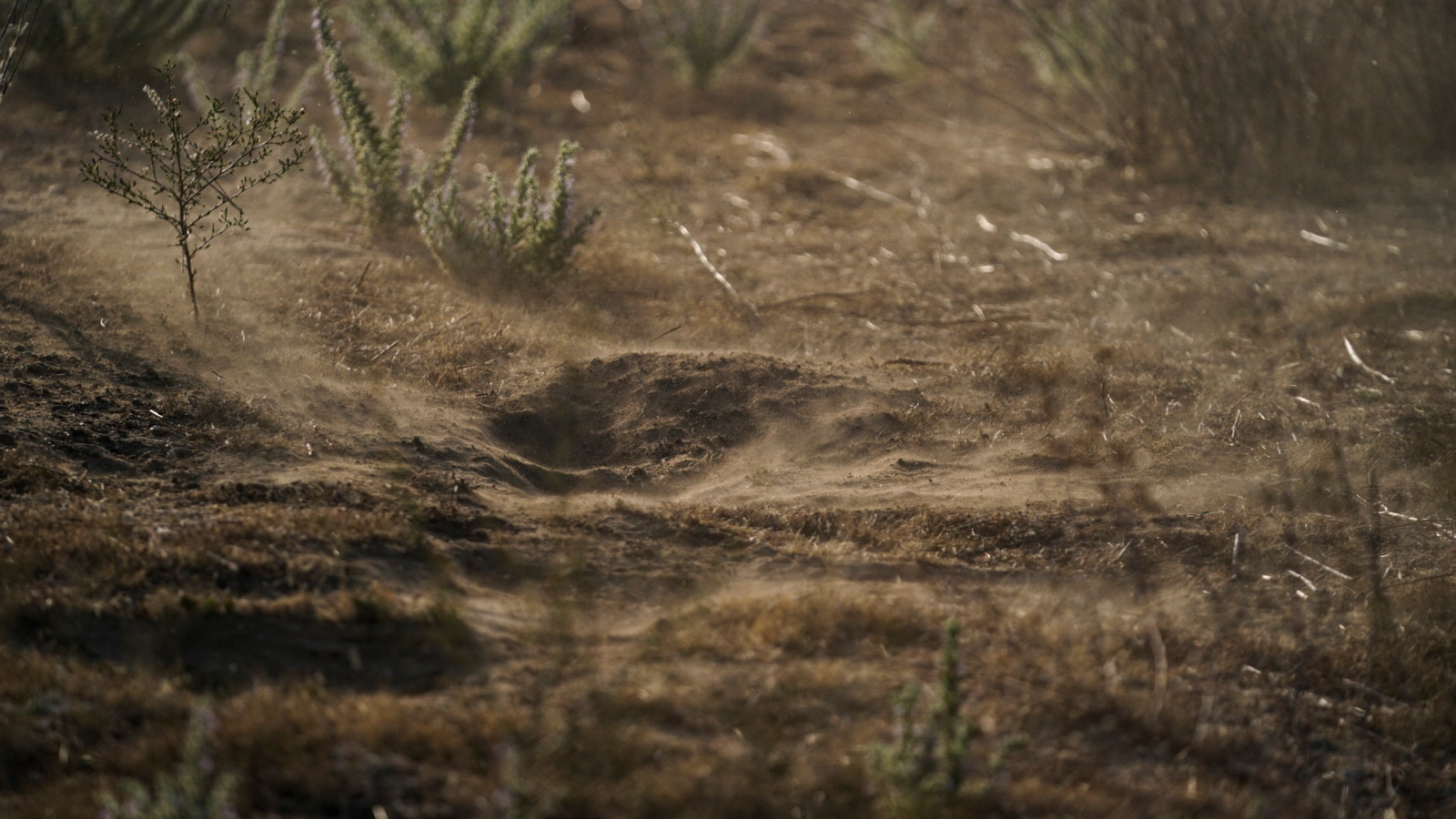It’s supposed to be the rainy season in Southern California, but the last time Los Angeles measured more than a tenth-inch of rain was eight months ago, after the city logged one of the soggiest periods in its recorded history. Since then, bone-dry conditions have set the stage for the catastrophic wildfires now descending upon the metropolis from multiple directions.
This quick cycling between very wet and very dry periods — one example of what scientists have come to call “weather whiplash” — creates prime conditions for wildfires: The rain encourages an abundance of brush and grass, and once all that vegetation dries out, it only takes a spark and a gust of wind to fuel a deadly fire. That’s what happened in Los Angeles County this week, when a fierce windstorm fueled the Palisades and Eaton fires, which as of Wednesday night had killed at least five people, destroyed more than 2,000 buildings, and forced tens of thousands of people to evacuate their homes.
The kind of weather whiplash that fueled the fires is only becoming more common, and not just in the United States. A new analysis in the peer-reviewed academic journal Nature Reviews Earth & Environment has found that rapid shifts between heavy rain and drought (and vice versa) are becoming more intense — and the trend is unfolding faster than climate models have projected. Across the world’s land area, weather whiplash within three-month periods has increased by 31 to 66 percent since the mid-20th century, according to the research. That means that most places around the world find themselves getting both wetter and drier in quick succession, a dangerous combination that can lead to landslides, crop losses, and even the spread of diseases.
“The volatility of wet and dry extremes is this sort of emerging signature of climate change,” said Daniel Swain, a co-author of the paper and a climate scientist at the University of California, Los Angeles. “This year, unfortunately, I couldn’t have asked for a better poster child for this process than Southern California.”
Swain, along with researchers across the United States and in Switzerland, analyzed a flurry of recent research on what they refer to as “hydroclimate volatility” and developed a way to measure how it might get worse in the future. They found that the swings between very wet and very dry weather are rising exponentially for each passing fraction of a degree the globe warms.
“I do think this is a big part of the reason why it feels like climate change has accelerated,” Swain said.
To understand why wet and dry periods are becoming more extreme, it can help to think of the atmosphere as a kitchen sponge that’s becoming more and more absorbent as it warms. When you wring out this more powerful sponge, it sends down heavier rains than before. On the other hand, when the sponge dries out, it has even more capacity to suck up moisture from the soil and plants below, parching the landscape and turning it into tinder. The paper’s authors coin a new phrase for this phenomenon: the “expanding atmospheric sponge effect.” Jim Stagge, who runs the Hydrologic Extremes Research Laboratory at The Ohio State University and was not involved in the new research, called it “a clever analogy” and said the paper’s evidence was generally convincing.
The volatile swings between wet and dry patterns aren’t unfolding uniformly across the world. The Mediterranean, for example, is getting less rain on average, whereas the eastern United States is getting distinctly wetter, according to Swain. While the expanding atmospheric sponge effect is happening everywhere, changes in regional weather patterns are either countering some of its effects or else amplifying them. The regions experiencing the biggest whiplash include a broad swath of land from northern Africa through the Arabian Peninsula and into South Asia, as well as high latitudes in Canada and Eurasia, the research found.
Adapting to a future that’s both wetter and drier presents a unique social challenge. For instance, it would be easy to get tunnel vision and focus on preparing for water scarcity, only to accidentally make a town more vulnerable to flooding in the process, Swain pointed out. Flexibility is key to successful interventions, according to the new paper. Some options include expanding natural floodplains and removing impermeable pavement from cities — approaches that allow the soil to absorb more rainfall, lessening flood risk, and at the same time stockpiling water underground for future use.
While extreme weather like that highlighted in the new research gets the most attention, it’s also worth noting what the world is seeing less of as the climate changes: the moderate weather of the past. Light rain, the study observes, is becoming less common nearly everywhere.
“When it rains, it pours,” Swain said. “Literally.”
This story was originally published by Grist with the headline The ‘weather whiplash’ fueling the Los Angeles fires is becoming more common on Jan 9, 2025.
This content originally appeared on Grist and was authored by Kate Yoder.
